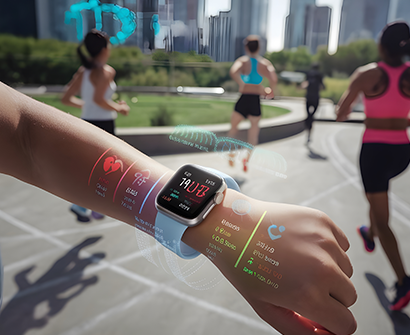Overview
Healthcare workers face some of the most demanding and high-risk environments of any profession. From infectious disease exposure to physical strain and workplace violence, safety is a constant concern. Fortunately, technology is playing a transformative role in enhancing workplace safety across healthcare settings—protecting both staff and patients while improving overall care delivery.
Key Technological Advancements Enhancing Healthcare Safety
1. Wearable Health and Safety Devices
Smart badges, biometric sensors, and wearable alarms monitor vital signs, detect falls, and alert staff to dangerous situations in real time. These technologies provide an extra layer of protection for healthcare professionals working in high-pressure or isolated environments.
2. Infection Control through Automation and Robotics
Autonomous disinfection robots, UV sterilisation systems, and automated hand hygiene monitors help reduce hospital-acquired infections. These tools support infection prevention protocols while reducing manual exposure to hazardous environments.
3. AI-Powered Risk Detection and Predictive Analytics
Artificial intelligence is used to predict workplace safety risks by analysing data on staff fatigue, patient aggression, and workflow patterns. Hospitals can intervene proactively, adjusting shifts, increasing support, or deploying security resources.
4. Digital Incident Reporting and Safety Management Platforms
Cloud-based tools for logging safety incidents, near-misses, and hazard reports ensure faster response and better compliance. These systems also support a culture of continuous improvement by turning data into actionable safety insights.
Conclusion
Workplace safety in healthcare is not just a compliance issue—it’s a critical factor in workforce retention, patient outcomes, and operational resilience. By embracing the latest safety technologies, healthcare institutions can create safer, smarter environments that support their most valuable asset: their people.

